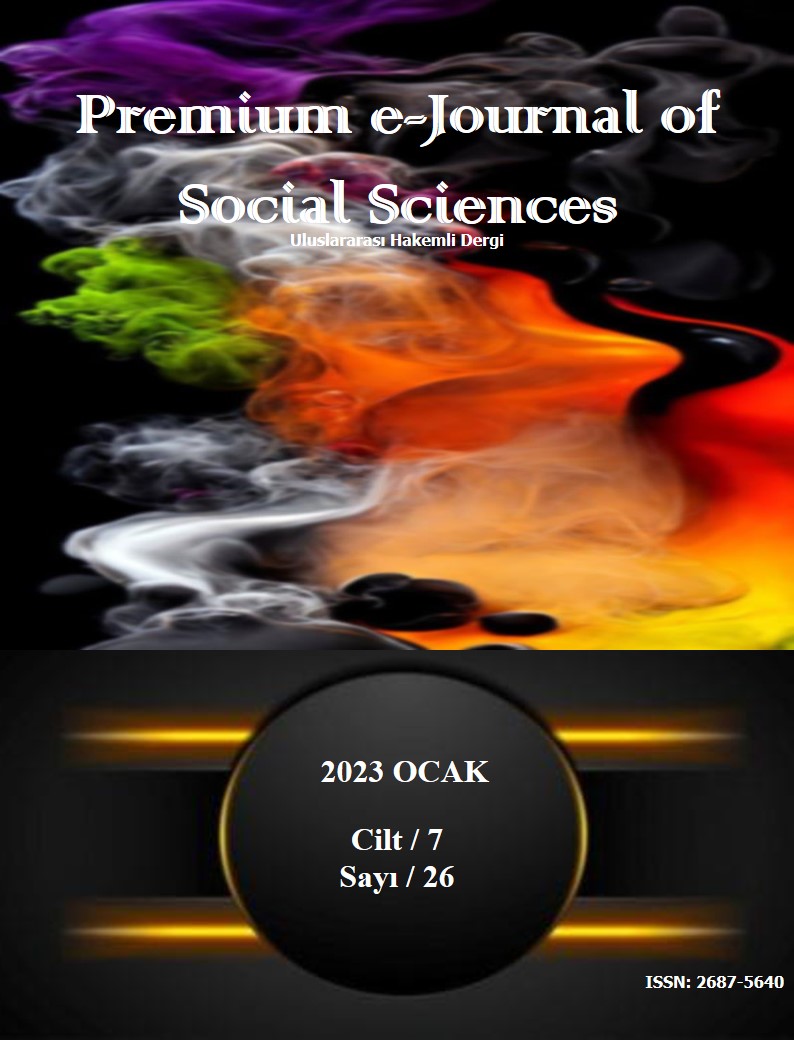UNIVERSITY STUDENTS' FEAR OF TRYING NEW FOODS AND DESIRE TO TRY NEW FOODS: AN APPLICATION AT ERCIYES UNIVERSITY
DOI:
https://doi.org/10.37242/pejoss.4363Keywords:
Foodneophobia, Foodneophilia, Erciyes University, KayseriAbstract
The determination of the level of fear and desire felt by consumers towards new foods has been one of the issues that have come to the fore in recent years. In this context, the purpose of this research is to determine the levels of fear of trying new foods and desire to try new foods of Erciyes University students. In the study, the easy sampling technique, one of the non-random sampling methods, was applied. In September and October (2022), a total of 424 usable questionnaires were collected through face-to-face survey work. Within the framework of the objectives of the study, the obtained data were analyzed with statistical programs. According to the results obtained; It has been revealed that the fear and desire of Erciyes University students to try new food is generally at the “Neutral” level, but it is also very close to the “Neophobic” level. These results obtained; show parallels with the findings of similar studies conducted before, and even confirm them. To the collected data; as in other similar studies, difference tests were also applied to determine whether it differs according to demographic characteristics or not. In the different tests conducted, it was found that there was a significant difference between the students according to the schools where they received their education. It was concluded that the results obtained in the different tests did not show parallels with other similar studies. This study is important in terms of determining the category of fear and desire of Turkish people to try new food and confirming the accuracy of previously obtained findings on this topic.
Downloads
Downloads
Published
How to Cite
Issue
Section
License
Copyright (c) 2023 Premium e-Journal of Social Science (PEJOSS)

This work is licensed under a Creative Commons Attribution 4.0 International License.


